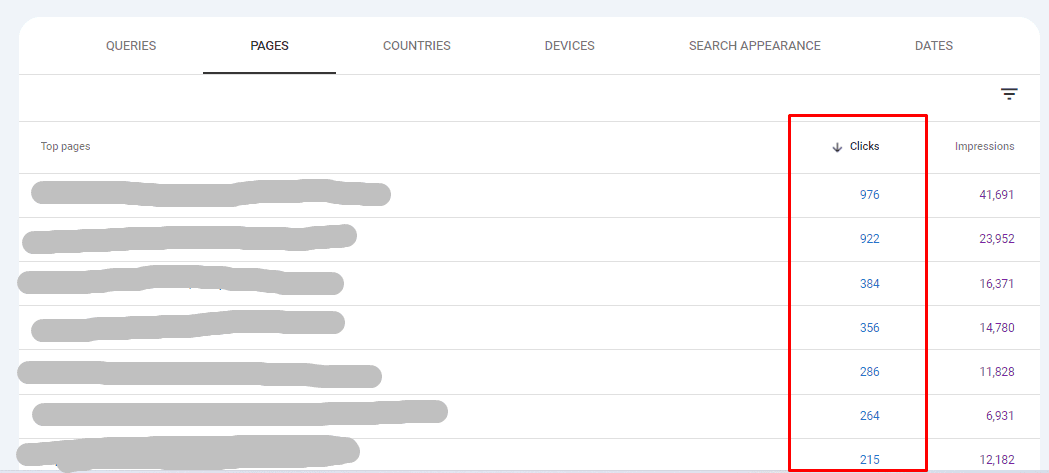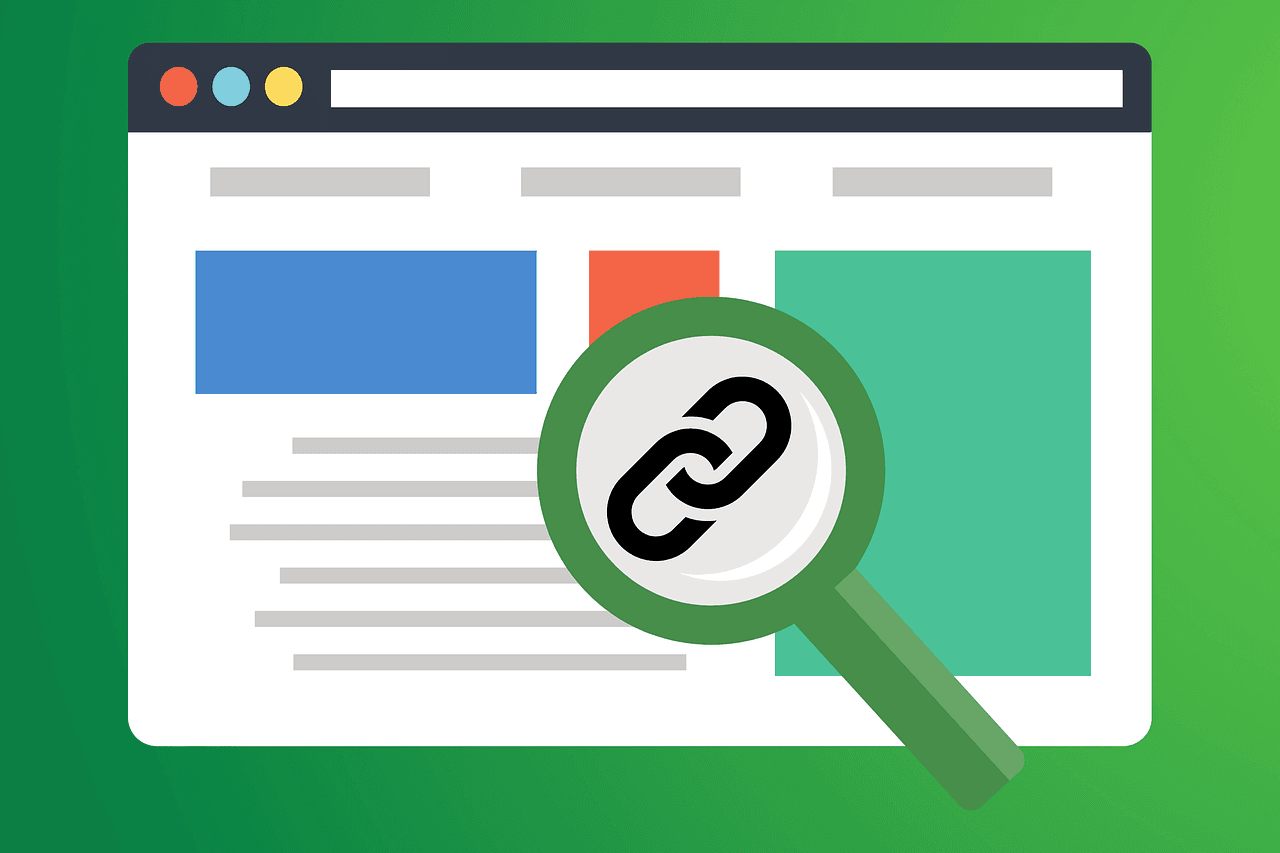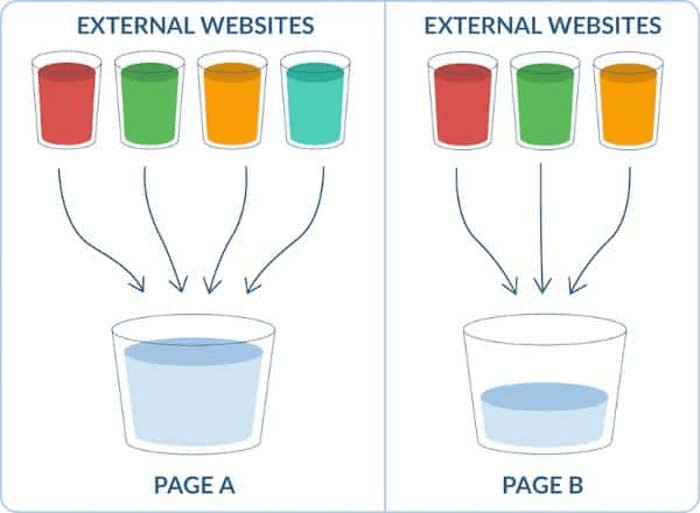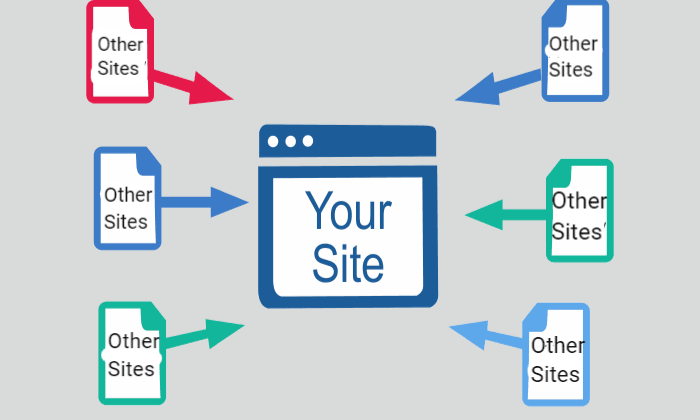An SEO content audit is a vital process for optimizing your website's content to improve search engine rankings and user engagement. It involves analyzing your content for quality, performance, and relevance. Let’s delve into this topic together at Keyword Metrics.
What is an SEO Content Audit?
An SEO content audit is the process of reviewing and analyzing your website’s content to ensure it is optimized for search engines and aligned with your business goals. By conducting an SEO content audit, you identify areas where your content can be improved to increase visibility, traffic, and engagement on search engines like Google.
This process helps ensure that your content not only meets user expectations but also adheres to the latest SEO best practices.
How SEO Content Audit Works
An SEO content audit involves reviewing all the content on your website, including blog posts, product pages, landing pages, and more. Here’s how the process typically works:
- Content Inventory: You begin by creating a list of all the pages and pieces of content on your site. This gives you an overview of what you’re working with and helps prioritize which pages need attention.
- Analyze Content Quality: Next, you evaluate the quality of your content. Are the articles informative, relevant, and engaging? Does the content satisfy the search intent of users? Are there any gaps in information that could be filled?
- Keyword Analysis: You check if your content is targeting the right keywords. Using keyword research tools, you can ensure your pages are optimized for keywords that people are actually searching for.
- Technical Check: A technical review is part of the audit. This includes checking the page's meta tags, URLs, internal links, and the site’s mobile-friendliness. This step ensures that your content is visible to search engines and user-friendly.
- Performance Metrics: Use tools like Google Analytics to measure how well each page is performing in terms of traffic, bounce rates, and conversions. Low-performing pages can be updated or removed to improve overall site performance.
Tools to Use for SEO Content Audit
Several tools can assist in conducting a comprehensive SEO content audit. These tools help you identify issues, track performance, and optimize content more efficiently.
- Keyword Metrics: Find lucrative keywords you already rank for, optimize your content, and get weekly reports to track opportunities for improvement. This tool helps you spot the best keywords to target, generating new content suggestions to boost rankings.
- Google Analytics: This tool helps track the performance of your pages, such as traffic, bounce rates, and conversions. It’s essential for understanding how well your content is engaging visitors.

- Google Search Console: Use this tool to check how your site is performing in search engine results. It helps identify issues like crawl errors, indexing problems, and keyword performance.
- Screaming Frog: This tool crawls your website and provides information about issues like broken links, missing meta tags, duplicate content, and page speed.
- Yoast SEO, Rank Math (for WordPress users): If your website runs on WordPress, Yoast SEO is an excellent plugin that helps you optimize content directly on the platform. It offers real-time suggestions for keyword use, meta tags, readability, and more.
Importance of SEO Content Audits
An SEO content audit plays a critical role in improving your website’s performance and increasing your search engine rankings. Here are some key reasons why it’s important:
Enhances Search Engine Visibility
Search engines prioritize high-quality content that answers user queries. By conducting a content audit, you can ensure that your pages are optimized with relevant keywords, updated information, and proper metadata. This makes it easier for search engines to index your content and show it to users in search results.
Improves User Experience
Good content not only helps with SEO but also provides value to your users. A well-structured audit will help identify any content that’s outdated, irrelevant, or difficult to navigate. By improving your content’s readability and relevance, you enhance the user experience, which can increase engagement and reduce bounce rates.
Fixes Content Gaps
Through an SEO content audit, you can identify topics or areas that your content is missing or underperforming in. By filling these gaps with fresh, useful content, you can better meet your audience’s needs and boost your rankings for more search queries.
Optimizes Conversion Rates
High-quality content that matches the user’s search intent often leads to higher conversion rates. By auditing your content and optimizing pages for clarity and effectiveness, you can improve the chances of converting visitors into customers or leads.
Pro Tips for Carrying Out SEO Content Audit Effectively
Prioritize High-Traffic Pages
Focus your audit efforts on the pages that are getting the most traffic. These pages have the most potential for improvement and can yield the highest return on investment. Look at pages with high bounce rates or low conversion rates and identify why they’re underperforming.
Keep Your Content Fresh
An SEO content audit isn’t a one-time task. Content should be updated regularly to ensure it remains relevant. Revisit old blog posts, case studies, and product pages to ensure the information is still accurate and up to date.
Leverage Internal Linking
During the audit, ensure that internal links are working properly and are strategically placed. Linking relevant pages together helps distribute page authority and encourages visitors to explore more content on your site.
Monitor Competitor Content
A good content audit involves comparing your content with that of your competitors. See what types of content are performing well for them, what keywords they rank for, and how their pages are structured. This can give you insights on improving your own content.
Example of SEO Content Audit in Action
Let’s say you run an online clothing store. After performing an SEO content audit, you notice that your product pages aren’t ranking as well as they should be. Upon further analysis, you find that these pages:
- Are missing important keywords.
- Lack internal links to related products.
- Have outdated images and descriptions.
After the audit, you make the following changes:
- Add relevant keywords like “sustainable fashion” or “organic cotton” to the product descriptions.
- Include internal links to similar products on the site to improve navigation.
- Refresh the images with high-quality, current visuals.
These changes make your product pages more search-engine-friendly and user-friendly, likely leading to more traffic and conversions.
FAQs on SEO Content Audit
Q. What is an SEO content audit?
A. An SEO content audit is the process of reviewing your website’s content to identify areas for improvement in search engine optimization, user engagement, and overall performance.
Q. How often should I perform an SEO content audit?
A. Ideally, you should conduct an SEO content audit every 6-12 months or after significant changes to your site, such as a redesign or a major content update.
Q. Can I do an SEO content audit without tools?
A. While you can manually review your content, using tools like Google Analytics, Google Search Console, and Keyword Metrics makes the process faster, more accurate, and actionable.
Related Glossary Terms to Explore
- Keyword Research: Discover how to find the best keywords to target for your content and improve search engine rankings.
- On-Page SEO: Learn how to optimize individual pages for better performance in search results.
- Technical SEO: Find out how to improve your site’s technical aspects, such as speed, crawlability, and mobile-friendliness.
- Backlinks: Explore the importance of backlinks in boosting your site’s authority and search visibility.


